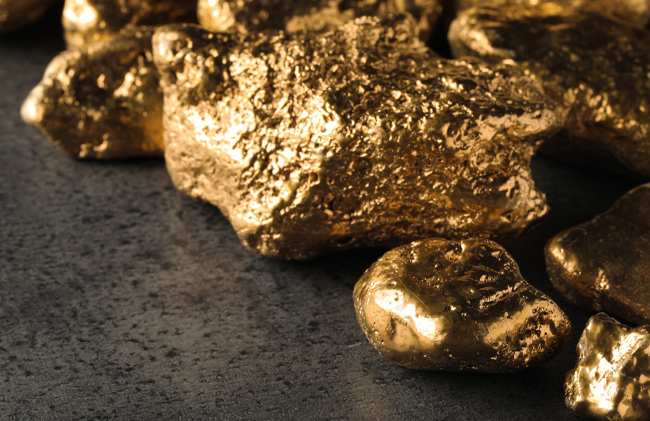What is Alluvial Gold?

Alluvial gold refers to gold found in alluvial deposits. Alluvial deposits are loose sediments that have been eroded and reshaped by water over time. These deposits are often made up of sand, silt, clay, gravel, and organic matter that have been transported by flowing surface water. Alluvial gold is sometimes referred to as ‘placer gold’ or ‘alluvial placer gold.
Alluvial gold is formed when gold erodes from hard rock outcrops and is transported by water to collect in streams, rivers, or alluvial deposits. The flowing water abrades the surrounding rocks, releasing gold particles and nuggets which get caught up in the sediments. Over time, the gold concentrates at the base of mountain ranges, streams, and rivers due to its high density compared to the surrounding material.
Alluvial gold provides an important source of gold through the erosion of ores over time. Collecting this loose gold has been done for centuries using simple mining techniques.
Where Alluvial Gold is Found
Alluvial gold deposits are found throughout the world and are an important source of gold. Some major alluvial gold regions include Alaska, California, Australia, New Zealand, Siberia, South Africa, and the Klondike region of Canada. The gold in these deposits may range from the size of tiny flakes to large nuggets.
Simple Alluvial Mining Methods
Alluvial gold mining techniques involve extracting gold-bearing gravel. Simple alluvial mining methods like panning, sluice boxes, rockers, and dry blowers can be used to work small deposits. Panning uses water to separate the dense gold from sand and gravel. Sluice boxes use running water to wash gold ore over special textured surfaces that trap the gold. Rockers and dry blowers use air currents and vibration to separate the lighter material from gold.
For larger alluvial mining operations, earthmoving machinery is used to excavate deposits for processing. The gravel may be hauled to sluice boxes set up in water or fed into trommels or jigs that help separate the gold through gravity, screens, and water. The resulting gold-rich sand produced is further refined to remove remaining impurities.
Some of the challenges with alluvial gold mining include obtaining permits, preventing environmental degradation of surrounding areas, and minimizing damage to waterways. Advanced techniques like hydraulic mining and dredging can impact river systems through sedimentation. Responsible operations follow strict regulations for sustainability.
Importance of Alluvial Gold
Overall, alluvial gold provides an important source of gold through the erosion of ores over time. Collecting this loose gold has been done for centuries using simple mining techniques. Modern commercial alluvial mining continues to extract gold efficiently from these deposits while balancing environmental protection. The widespread distribution of alluvial gold has opened up gold mining opportunities globally. However, careful management practices are needed to ensure the sustainability of mining alluvial gold deposits.
















